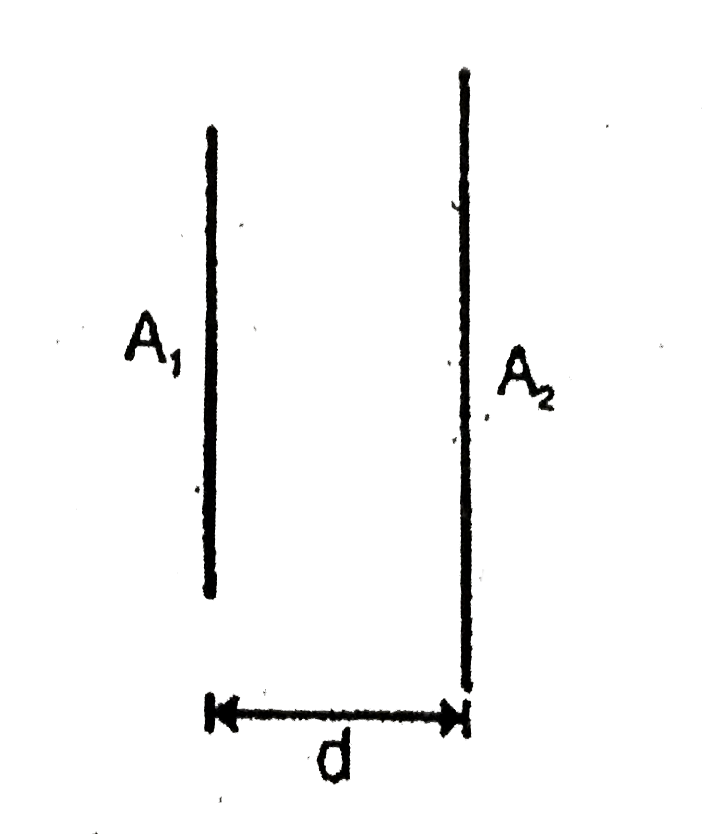The equation of the parabola whose vertex and focus lie on the axis of x at distances a and a1 from the origin, respectively, is (a) y2−4(a1−a)x (b) y2−4(a1−a)(x−a) (c) y2−4(a1−a)(x−a) (d) none
To find the equation of the parabola whose vertex and focus lie on the x-axis at distances a and a1 from the origin respectively, we can follow these steps:
Step 1: Identify the coordinates of the vertex and focus
The vertex of the parabola is at a distance a from the origin along the x-axis. Therefore, the coordinates of the vertex V are:
V(a,0)
The focus is at a distance a1 from the origin along the x-axis. Thus, the coordinates of the focus F are:
F(a1,0)
Step 2: Determine the distance between the vertex and the focus
The distance d between the vertex and the focus is given by:
d=a1−a
Step 3: Write the standard form of the parabola
The standard form of a parabola that opens to the right with vertex at (h,k) is:
(y−k)2=4p(x−h)
where p is the distance from the vertex to the focus. In our case, h=a, k=0, and p=a1−a.
Step 4: Substitute the values into the standard form
Substituting h, k, and p into the standard form gives:
(y−0)2=4(a1−a)(x−a)
This simplifies to:
y2=4(a1−a)(x−a)
Step 5: Rearrange the equation
Rearranging the equation, we have:
y2−4(a1−a)(x−a)=0
Conclusion
Thus, the equation of the parabola is:
y2−4(a1−a)(x−a)=0
This corresponds to option (b).
Final Answer
The correct option is:
(b) y2−4(a1−a)(x−a)
The vertex of the parabola is at a distance a from the origin along the x-axis. Therefore, the coordinates of the vertex V are:
V(a,0)
The focus is at a distance a1 from the origin along the x-axis. Thus, the coordinates of the focus F are:
F(a1,0)
The distance d between the vertex and the focus is given by:
d=a1−a
The standard form of a parabola that opens to the right with vertex at (h,k) is:
(y−k)2=4p(x−h)
where p is the distance from the vertex to the focus. In our case, h=a, k=0, and p=a1−a.
Substituting h, k, and p into the standard form gives:
(y−0)2=4(a1−a)(x−a)
This simplifies to:
y2=4(a1−a)(x−a)
Rearranging the equation, we have:
y2−4(a1−a)(x−a)=0
Thus, the equation of the parabola is:
y2−4(a1−a)(x−a)=0
This corresponds to option (b).
The correct option is:
(b) y2−4(a1−a)(x−a)
Topper's Solved these Questions
- COMPLEX NUMBERS AND QUADRATIC EQUATIONSBOOK - CENGAGE ENGLISHCHAPTER - COMPLEX NUMBERS AND QUADRATIC EQUATIONSEXERCISE - All Questions
886 Videos
- DIFFERENT PRODUCTS OF VECTORS AND THEIR GEOMETRICAL APPLICATIONS BOOK - CENGAGE ENGLISHCHAPTER - DIFFERENT PRODUCTS OF VECTORS AND THEIR GEOMETRICAL APPLICATIONS EXERCISE - Multiple correct answers type
11 Videos
Similar Questions
Prove that the equation of the parabola whose vertex and focus are on the X-axis at a distance a and a'from the origin respectively is y2=4(a'−a)(x−a)
View SolutionThe capacitance of the capacitors of plate areas A1 and A2(A1<A2) at a distance d is

View SolutionThe capacitance of capacitor of plate areas A1 and A2 (A1<A2 at a distance d is

View SolutionThe axis of a parabola is along the line y=x and the distance of its vertex and focus from the origin are √2 and 2√2 , respectively. If vertex and focus both lie in the first quadrant, then the equation of the parabola is
(a) (x+y)2=(x−y−2) (b)(x−y)2=(x+y−2) (c)(x−y)2=4(x+y−2) (d)(x−y)2=8(x+y−2)
View SolutionIf the equation of the locus of a point equidistant from the points (a1,b1) and (a2,b2) is (a1−a2)x+(b2+b2)y+c=0, then the value of C is
View SolutionIf the equation of the locus of a point equidistant from the points (a1,b1) and (a2,b2) is (a1−a2)x+(b1−b2)y+c=0 , then find the value of c.
View SolutionLet f(x)=√2x−2√2x+2 then if the graphs of y=f(x) and y=f(4x) are symmetrical about the points (a1,0) and (a2,0) respectively then a2a1=
View SolutionIf A1 is the area of the parabola y2=4ax lying between vertex and the latusrectum and A2 is the area between the latusrectum and the double ordinate x=2a, then A1A2 is equal to
View SolutionIf one of the roots of the equation ax2+bx+c=0 be reciprocal of one of the a1x2+b1x+c1=0, then prove that (aa1−cc1)2=(bc1−ab1)(b1c−a1b).
View SolutionThe ratio in which the line segment joining points A(a1, b1) and B(a2, b2) is divided by y-axis is (a) −a1:a2 (b) a1:a2 (c) b1:b2 (d) −b1:b2
View Solution
